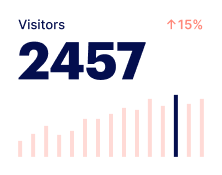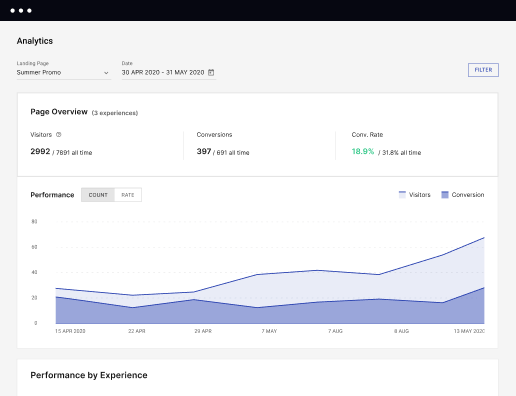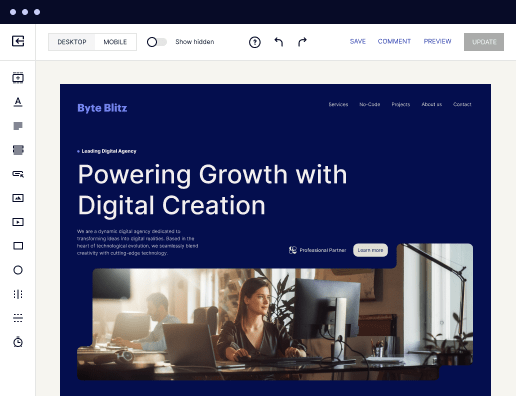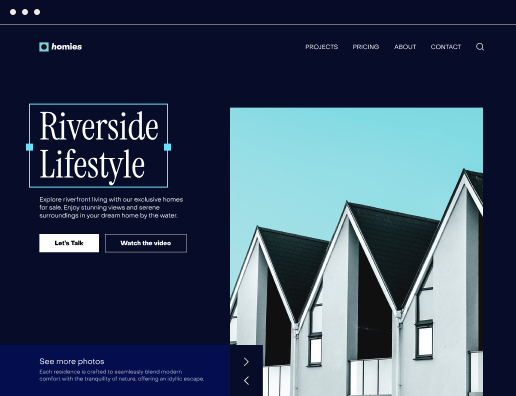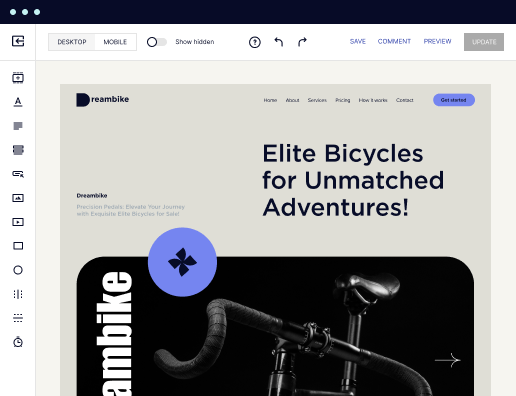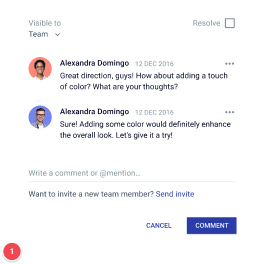Make your 403 forbidden page designed for Ubuntu
Instapage empowers you to reduce costs, increase conversions, and deliver meaningful experiences on Ubuntu.
Make your 403 forbidden page on Ubuntu with Instapage
Creating a custom 403 forbidden page on your Ubuntu server can significantly enhance user experience and brand trust. With Instapage, marketers can design personalized landing pages that not only save costs but also increase conversion rates. This guide will show you how to make your 403 forbidden page on Ubuntu while leveraging the powerful features that Instapage offers.
Understanding the importance of a 403 forbidden page
A 403 forbidden page informs users that access to a specific resource is prohibited. Customizing this page is crucial; a well-designed 403 page can redirect users back to engaging content or encourage them to explore your main site. Here’s why you should care:
- Enhances user trust: A tailored 403 page offers reassurance that your site is still operational.
- Improves navigation: Guiding users to relevant resources minimizes frustration.
- Boosts brand image: A consistent design and messaging can reinforce your brand's identity.
Step 1: Setting up your Ubuntu server for custom pages
To create a customizable 403 forbidden page, you need to first ensure your Ubuntu server is configured to handle custom error pages. Here’s how to do it:
- Edit your Apache configuration file: Locate your
block and insert 'ErrorDocument 403 /path-to-your-custom-page.html'. - Create your custom HTML page: This could include styling and messaging in line with your branding.
- Restart the Apache service: Execute 'sudo systemctl restart apache2' to apply your settings.
Step 2: Utilizing Instapage to create your customized 403 page
Now that your server is ready, it’s time to leverage Instapage for designing a compelling 403 page. Here’s how you can use Instapage's features effectively:
- Utilize conversion-focused templates: With over 100 layouts, choose a design that aligns with your brand.
- Dynamic text replacement: Personalize the message on the 403 page based on where users come from.
- Incorporate A/B testing: Test different versions of your 403 page to see which version engages users better.
Step 3: Optimize user experience with analytics
Monitoring how users interact with your 403 forbidden page is critical. You can do this by integrating analytics using Instapage's dashboard for comprehensive insights.
- Track page visits: Understand how many users encounter the 403 error.
- Heatmaps: Analyze where users click to improve navigation or redirection strategies.
- Iterate based on feedback: Utilize data from A/B tests to continually refine the user experience.
By customizing your 403 forbidden page on Ubuntu, you not only help users navigate better but also strengthen your branding efforts. With tools like Instapage, you can easily create effective customer-tailored solutions that resonate with your audience.
Ready to create your custom 403 forbidden page? Start your journey with Instapage today and empower your marketing strategies!
Get more out of Make your 403 forbidden page on Ubuntu
Improve your Quality Score with quick load technology for landing pages
Increase conversions with content that aligns with your ads and audiences
Achieve maximum ROI by scaling your marketing initiatives
Leading the way in building high-performing landing pages





FAQs
See how to make your 403 forbidden page on ubuntu in action
Ready to skyrocket conversions?
Supercharge your ad campaigns with high-performing landing pages.
Get started
